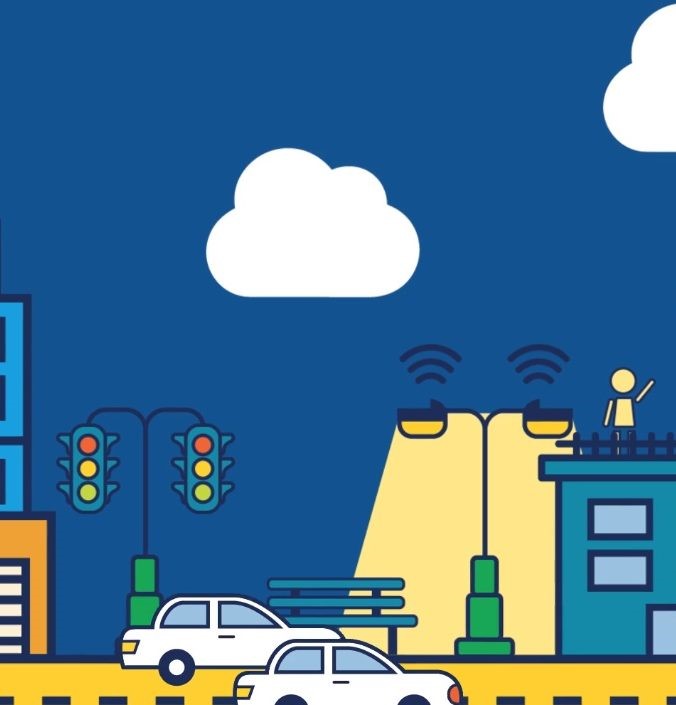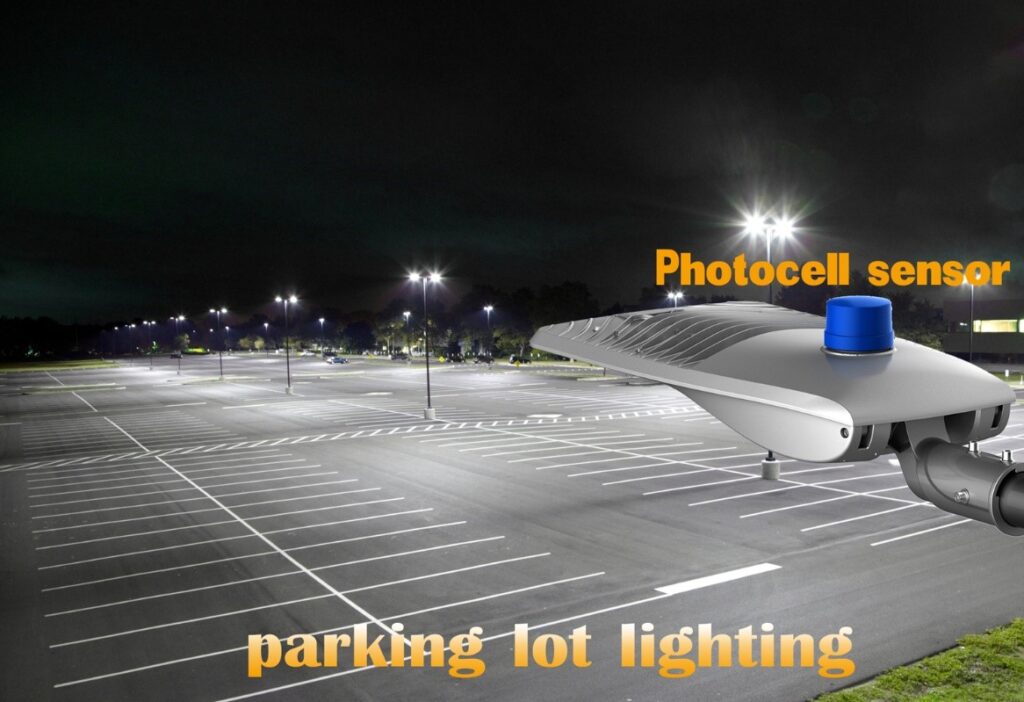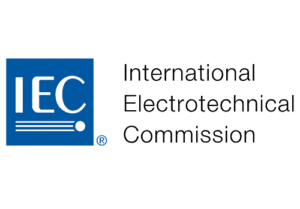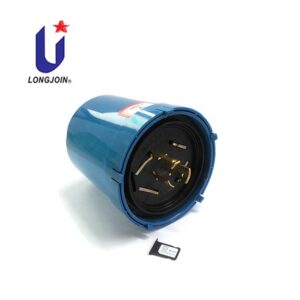What are The Key Benefits of Using Photocells in Outdoor Lighting Control?
Introduction
The photocell technology of Shanghai Long-Join Intelligent Technology Inc. provides numerous benefits and opportunities for outdoor lighting systems. The photocells address many modern issues such as energy usage, energy optimization, lower bills, cost savings, environmentally sustainable and eco-friendly, convenience and accessibility, enhanced security and safety, reliability and durability, flexibility to adapt in all various applications, and compliance with regulations among many others.
Energy Efficiency
The capacity of photocell-controlled outdoor lighting to maximize energy utilization is one of its main advantages. When the amount of ambient light varies, photocells sense it and automatically modify the brightness of outside lights. Because there is plenty of natural light during the day, the photocell saves electricity by keeping the lights off. The photocell makes sure that energy is utilized only when needed by turning on the lights when daylight fades. Electricity costs are greatly decreased and energy waste is minimized by this clever management system.

Cost Savings
Photocell-controlled outdoor lighting systems maximize energy efficiency and save a lot of money for municipalities, business owners, and homeowners in urban and rural areas. Over time, cheaper electricity bills are a direct result of reduced energy consumption. Furthermore, lower maintenance and replacement expenses are incurred because of the longer lifespan of lighting fixtures brought about by less utilization. In the long run, photocell technology is a cost-effective lighting control solution because the financial advantages of using it exceed the initial investment.

Environmental Sustainability
By minimizing energy consumption and higher quality components with longer lifetimes, photocell-controlled lighting helps to maintain a sustainable environment. Outdoor lighting systems driven by photocells reduce the environmental effects of excessive artificial lighting and save energy by making use of natural daylight whenever available. Furthermore, photocell technology aids larger sustainability programs meant to preserve the environment for future generations by adhering to energy efficiency requirements and encouraging responsible lighting behaviors.
Convenience and Automation
Property owners and users will find greater convenience in the automation that photocell-controlled outdoor lighting offers. Lights can be turned on or off automatically by the photocell based on daylight conditions, eliminating the need for human involvement. This feature is especially helpful in business settings where consistent and dependable exterior lighting is required. Automation also removes the possibility of human error while operating outdoor lighting systems, which lessens the workload for maintenance staff.

Enhanced Safety and Security
To summarise, there are several advantages to photocell-controlled outdoor lighting, such as cost-effectiveness, environmental sustainability, convenience, safety, and regulatory compliance, in addition to energy efficiency. Photocells help to create lighting solutions for outdoor environments that are more resilient, economical, and ecologically friendly by utilizing natural light and intelligent control mechanisms.
Conclusion
Property owners and users will find greater convenience in the automation that photocell-controlled outdoor lighting offers. Lights can be turned on or off automatically by the photocell based on daylight conditions, eliminating the need for human involvement. This feature is especially helpful in business settings where consistent and dependable exterior lighting is required. Automation also removes the possibility of human error while operating outdoor lighting systems, which lessens the workload for maintenance staff.
References
https://www.longjoin.com/single/certification/?lang=en
https://www.construction21.org/articles/h/improving-sustainability-using-a-photocell-switch.htm
lhttps://econoler.com/wp-content/uploads/2021/01/street-lighting-2003-rev-PL_VD-ML_versionweb.pdf





